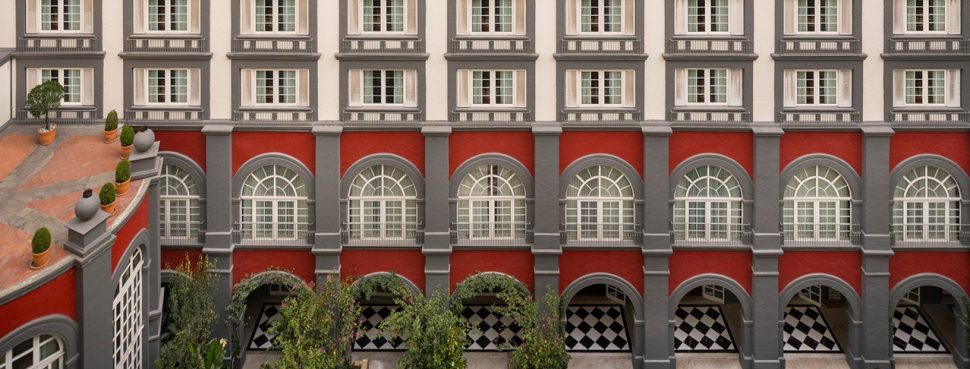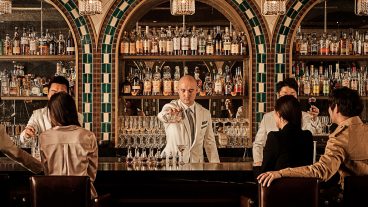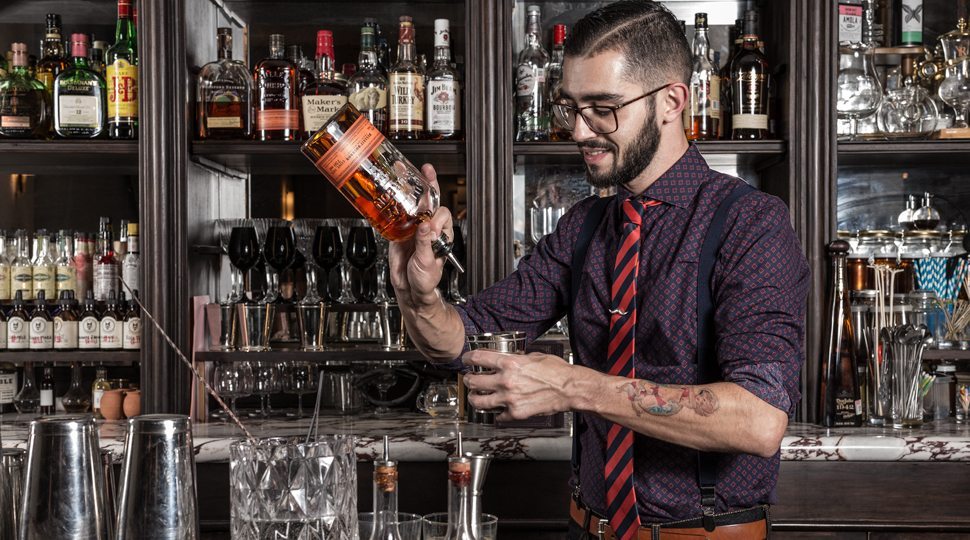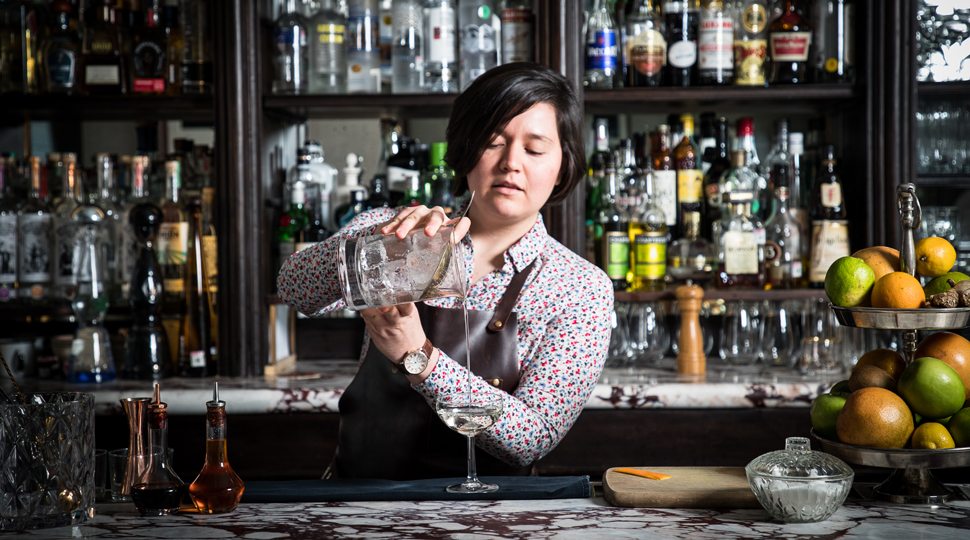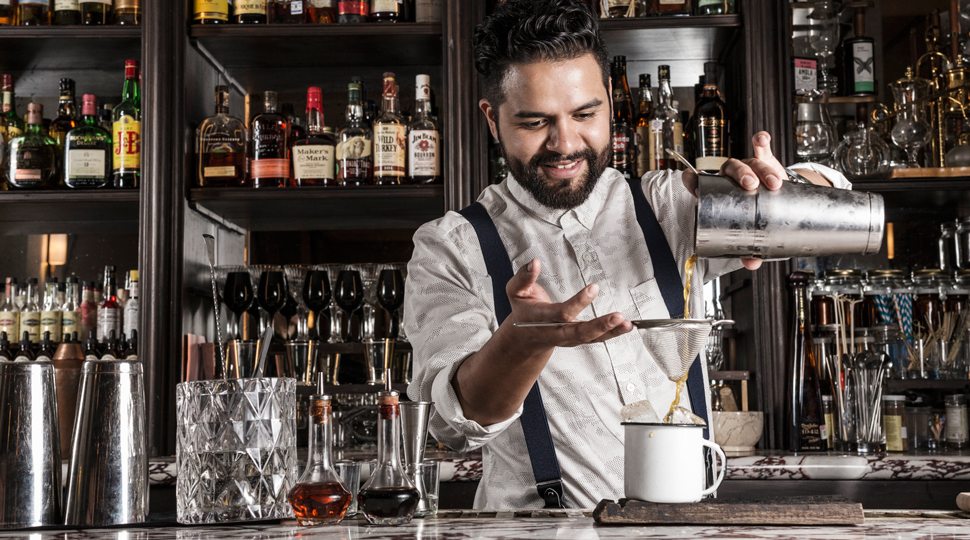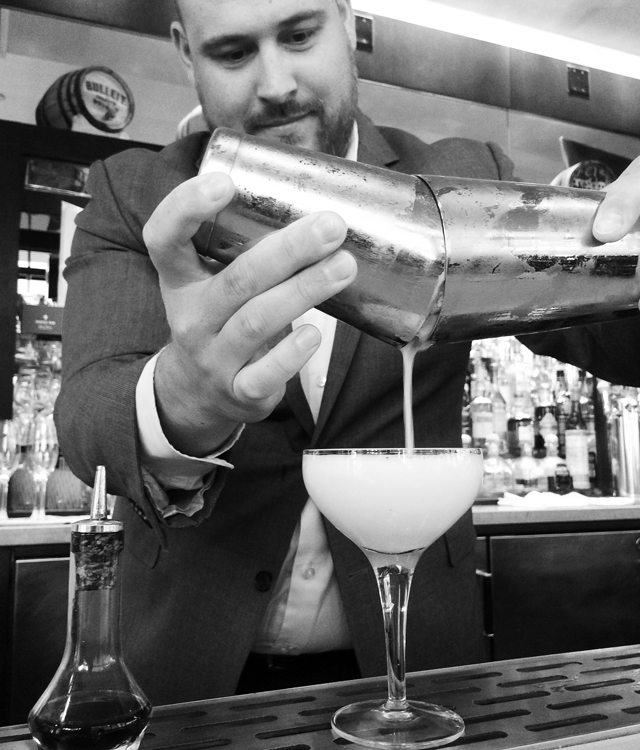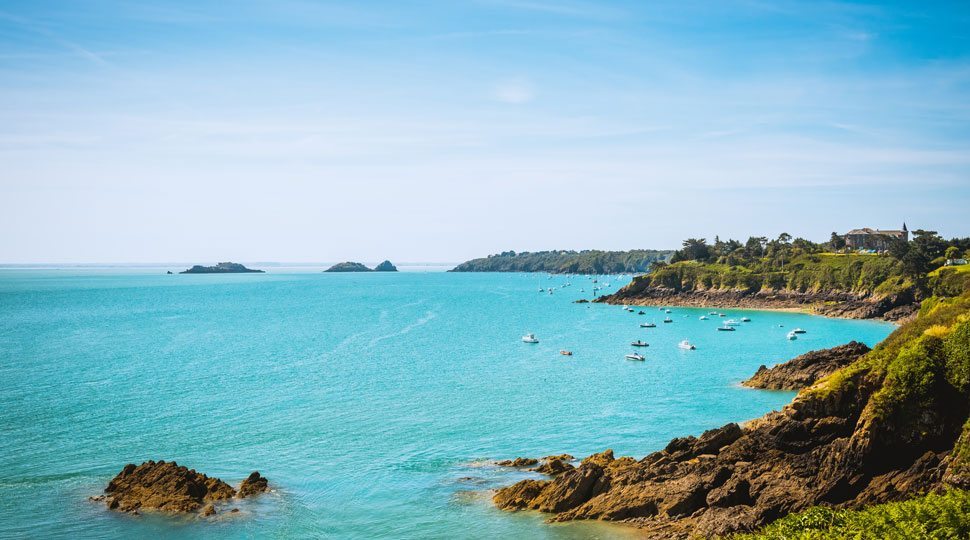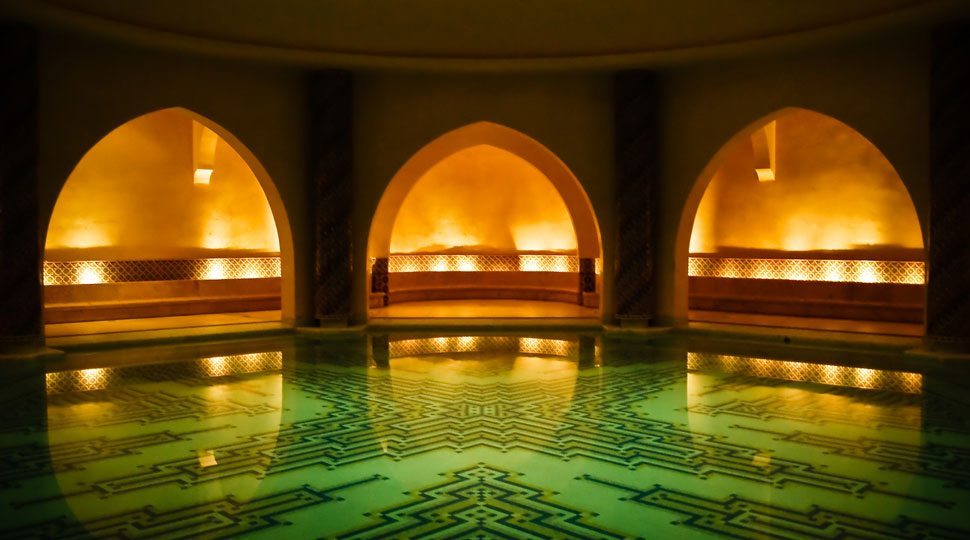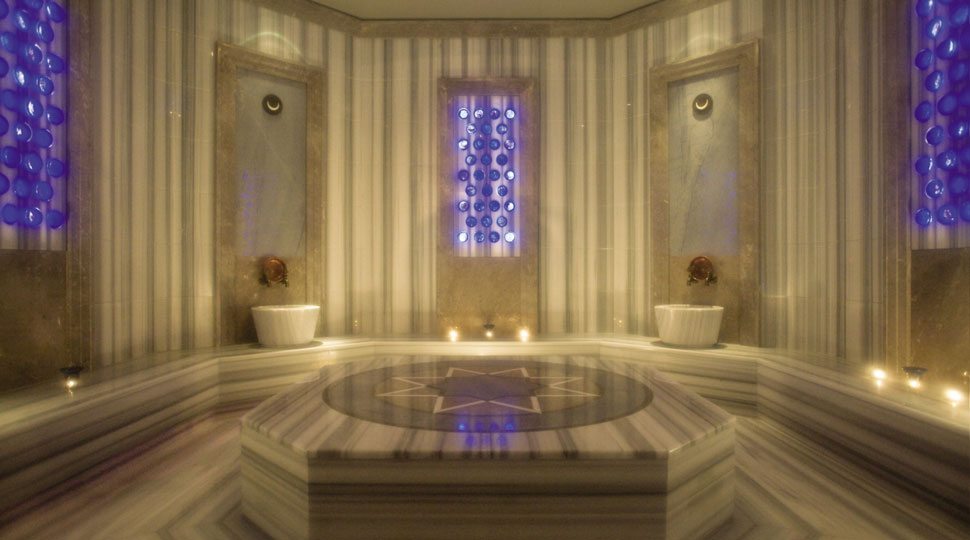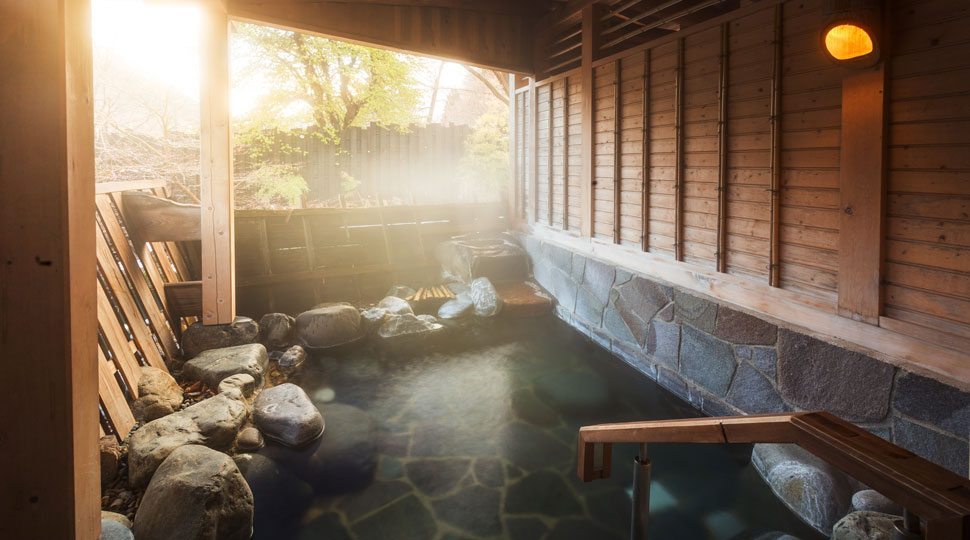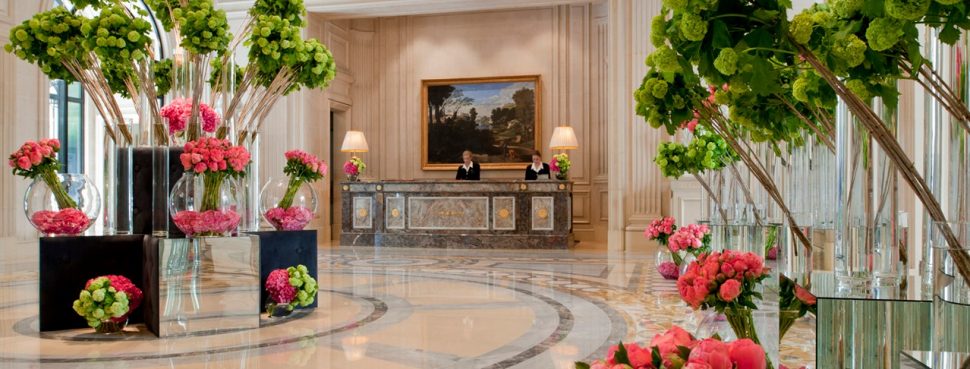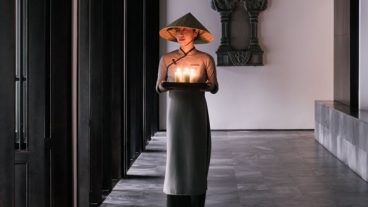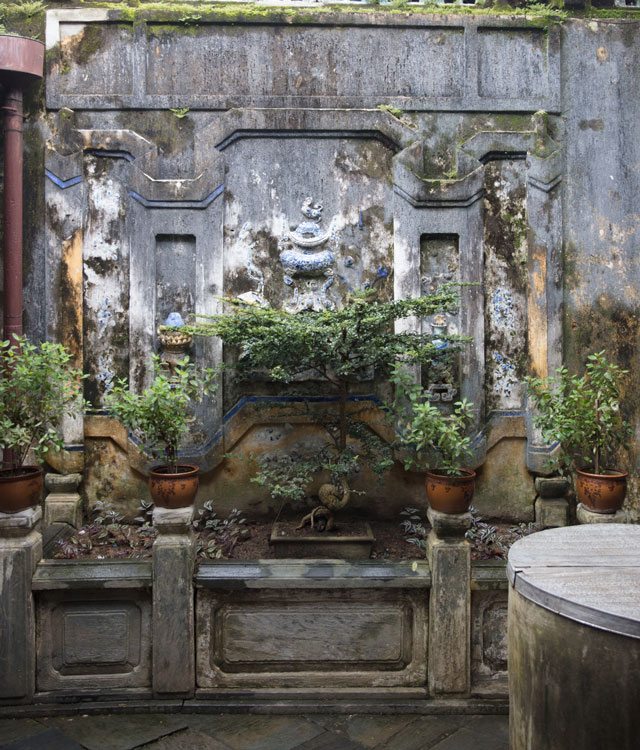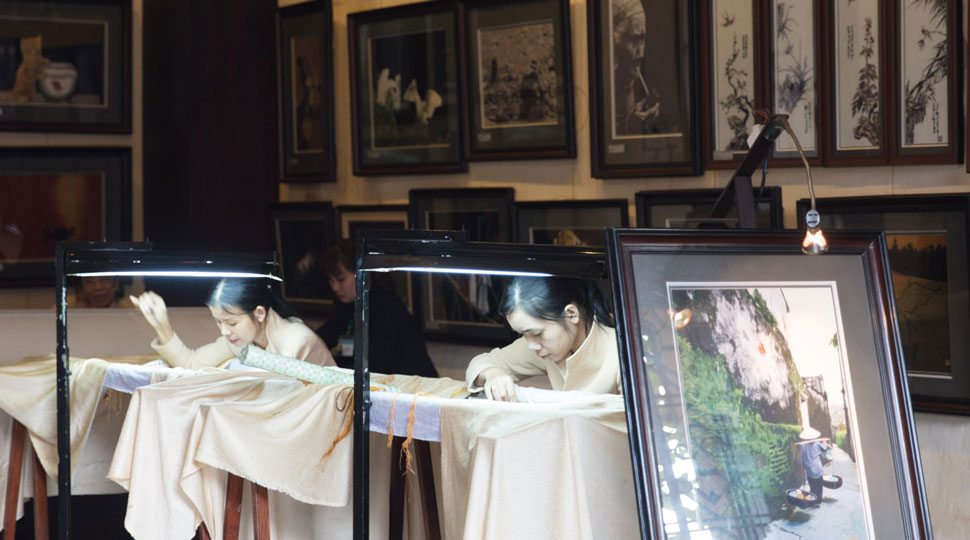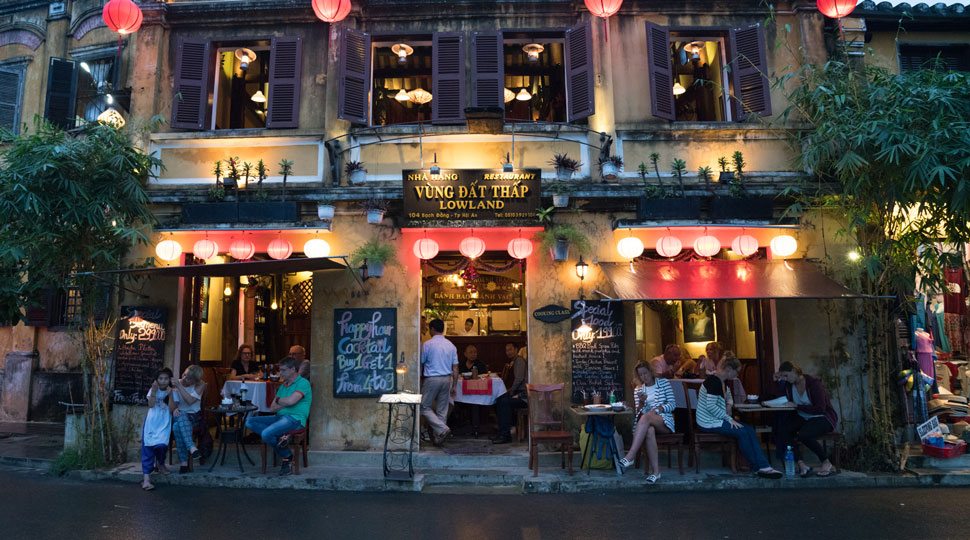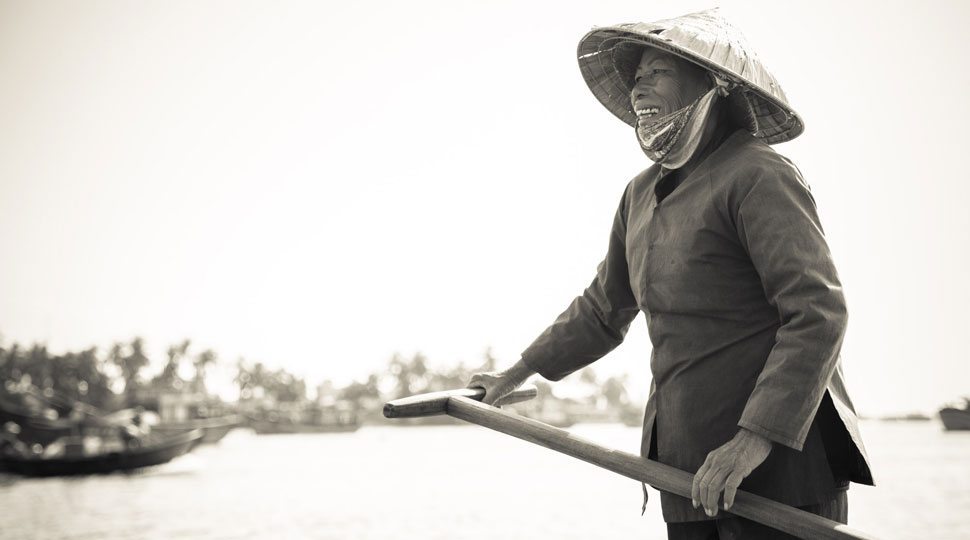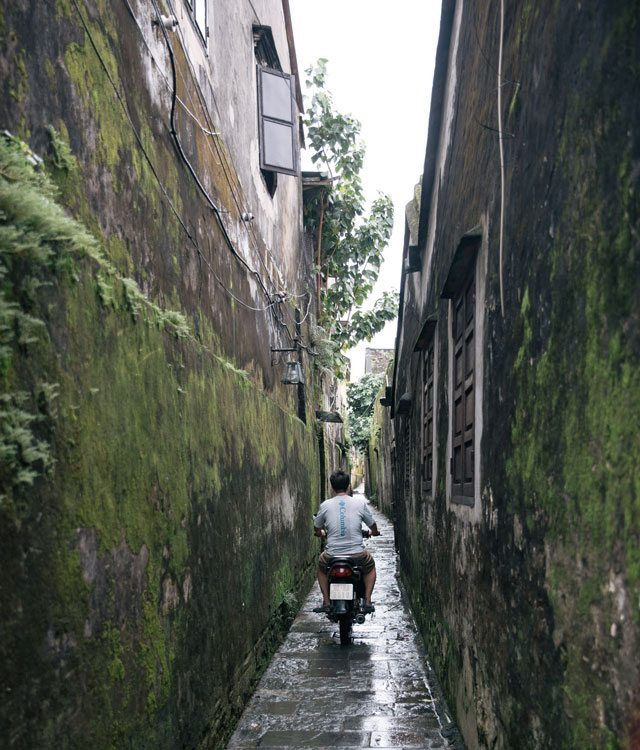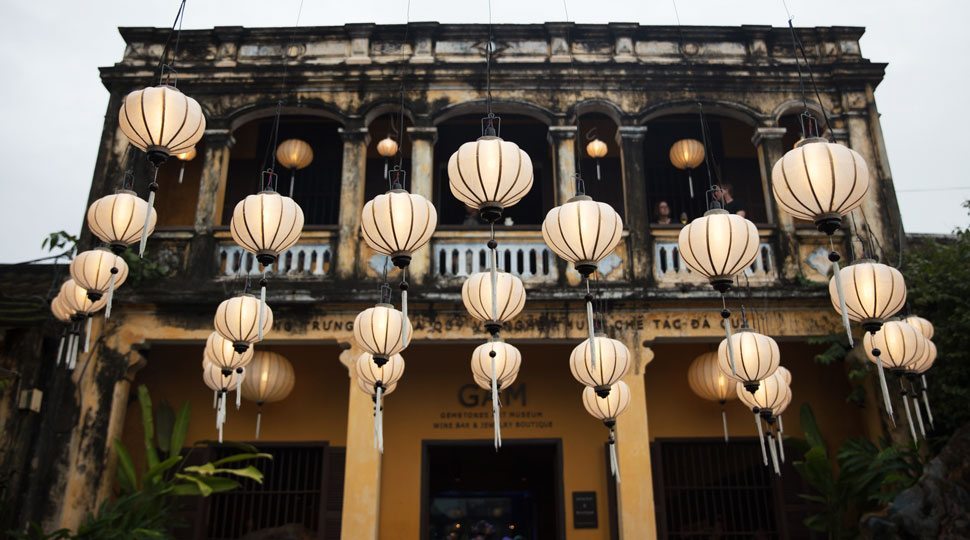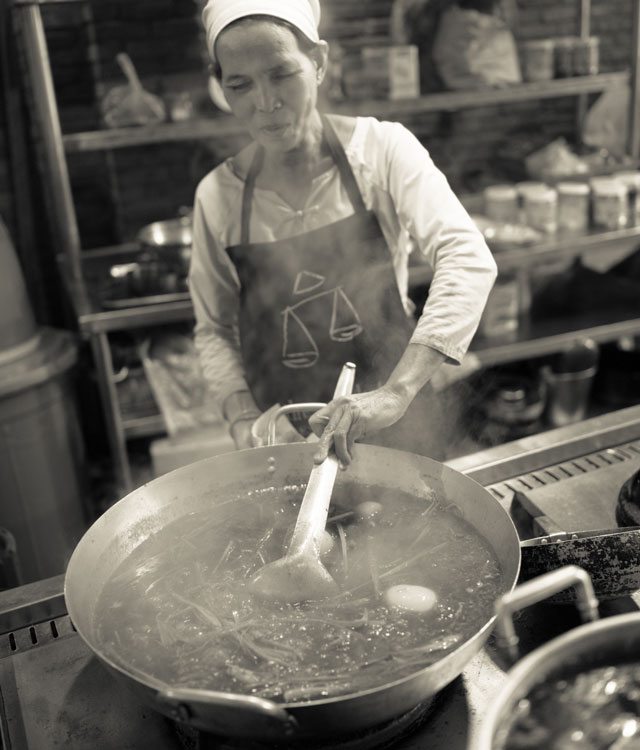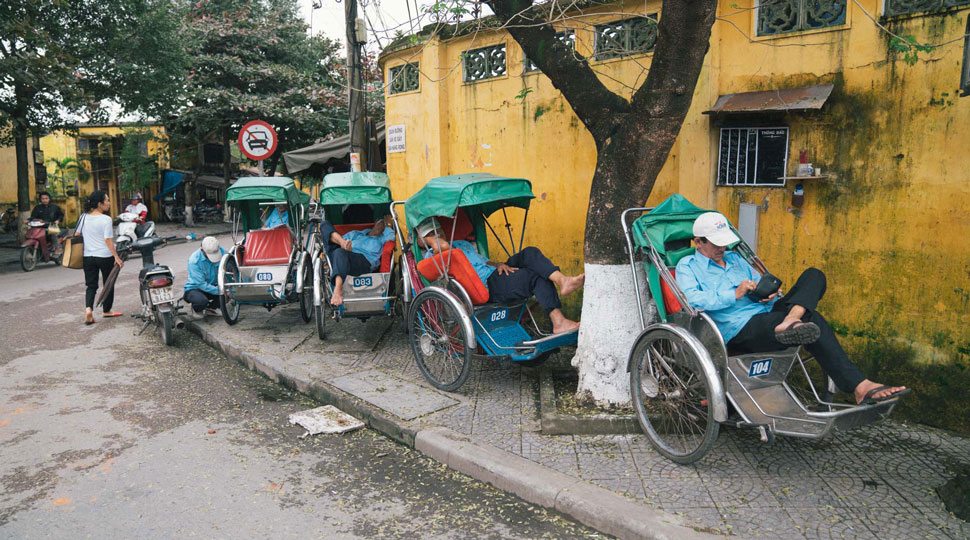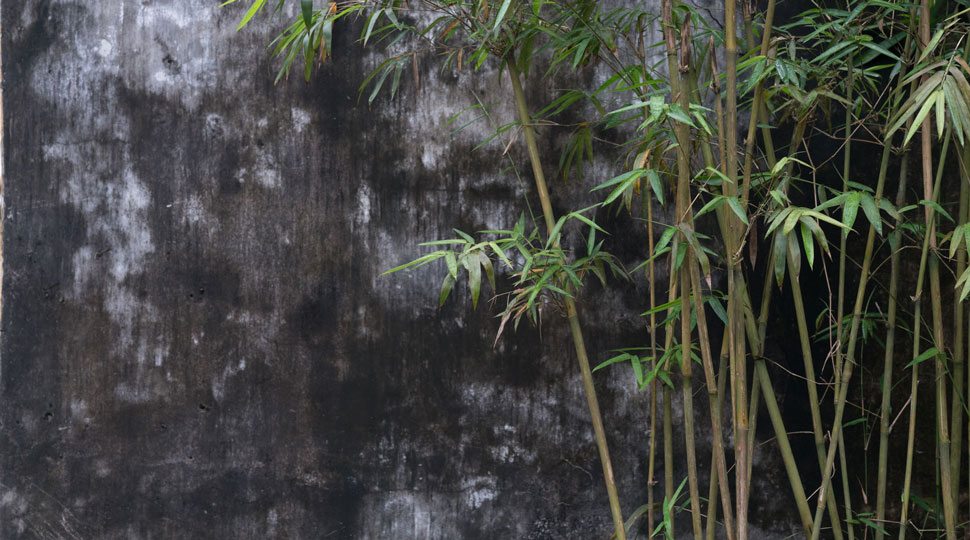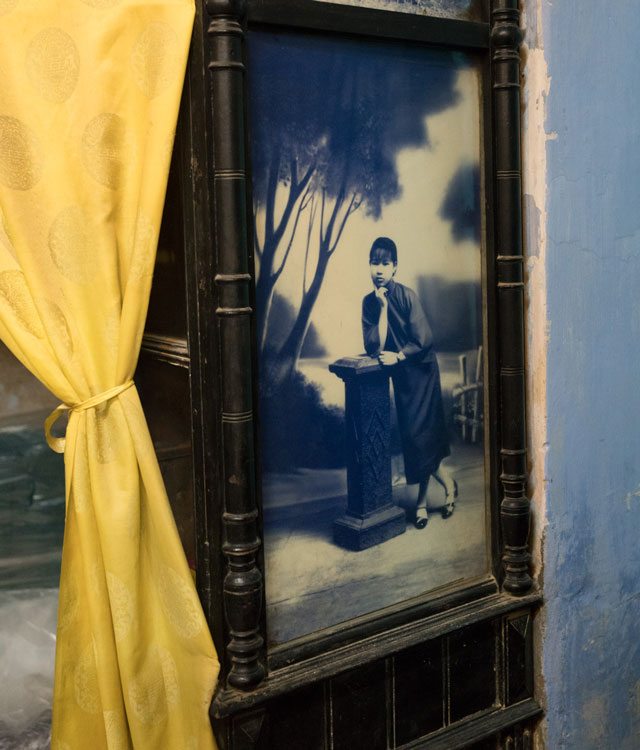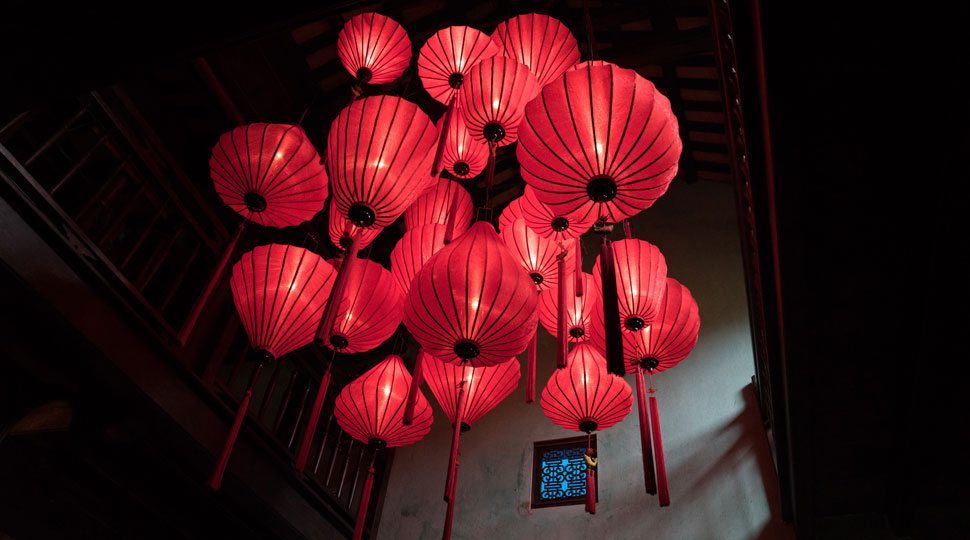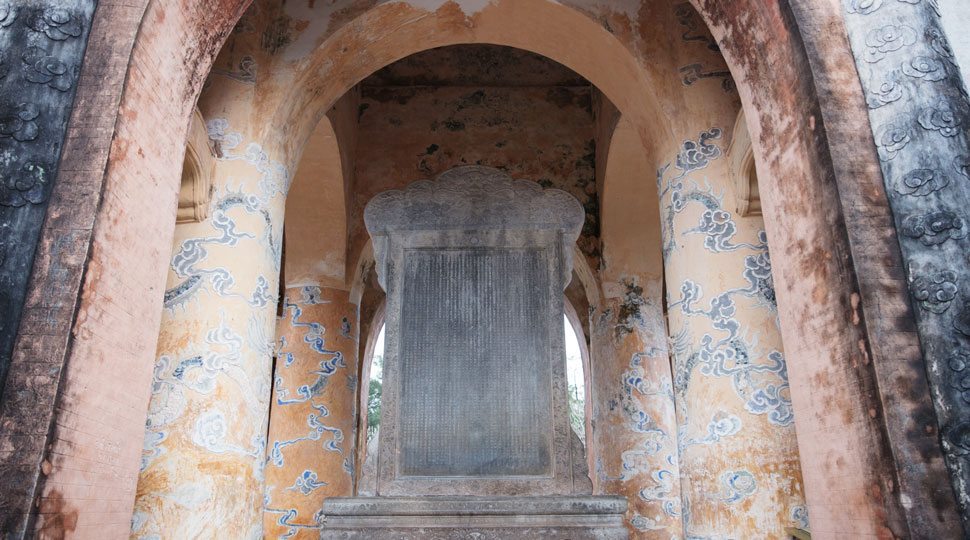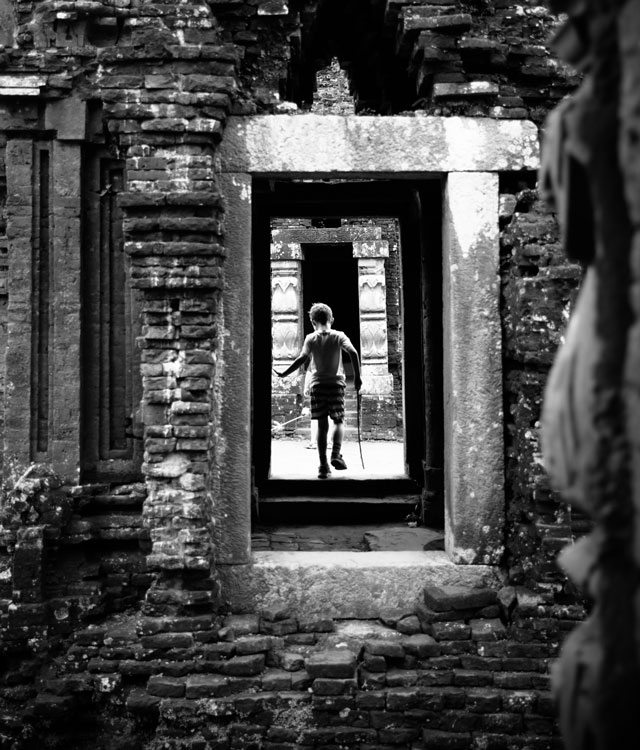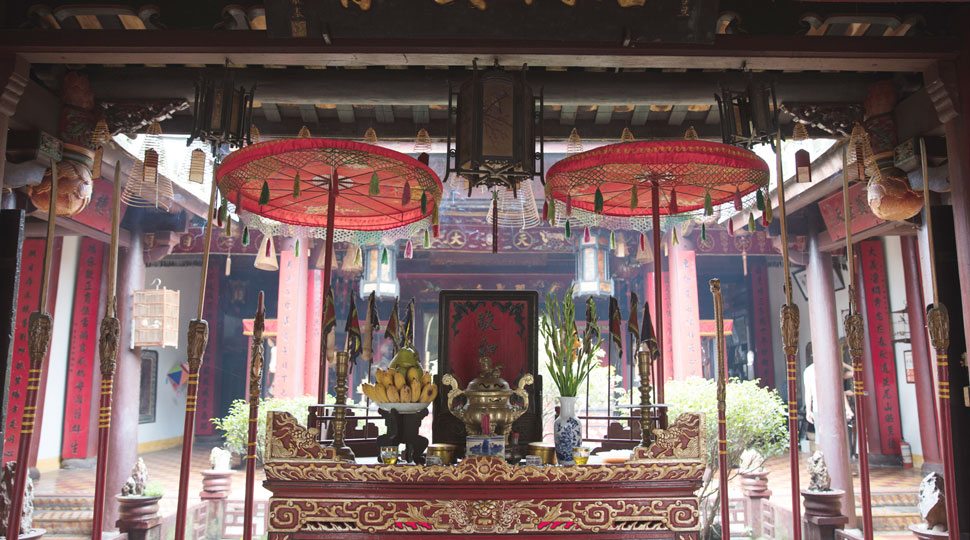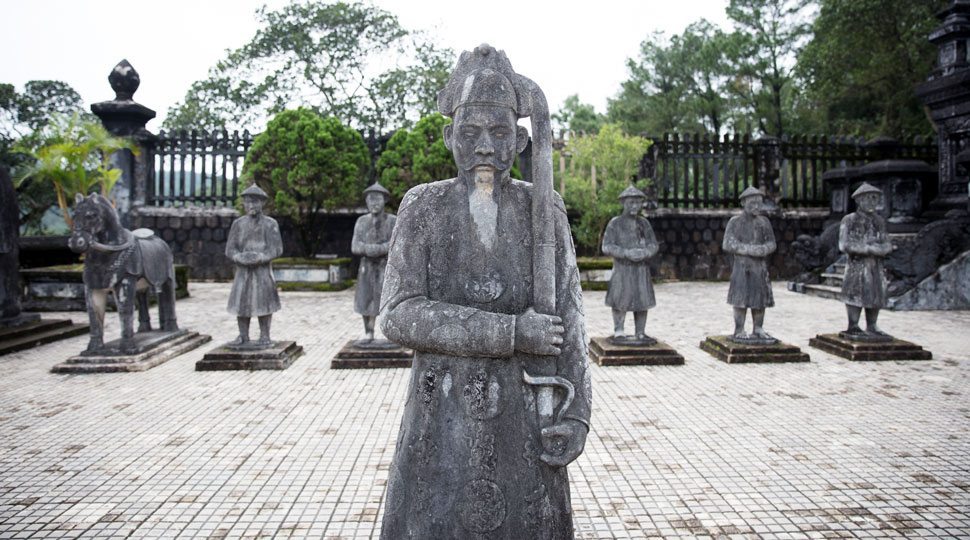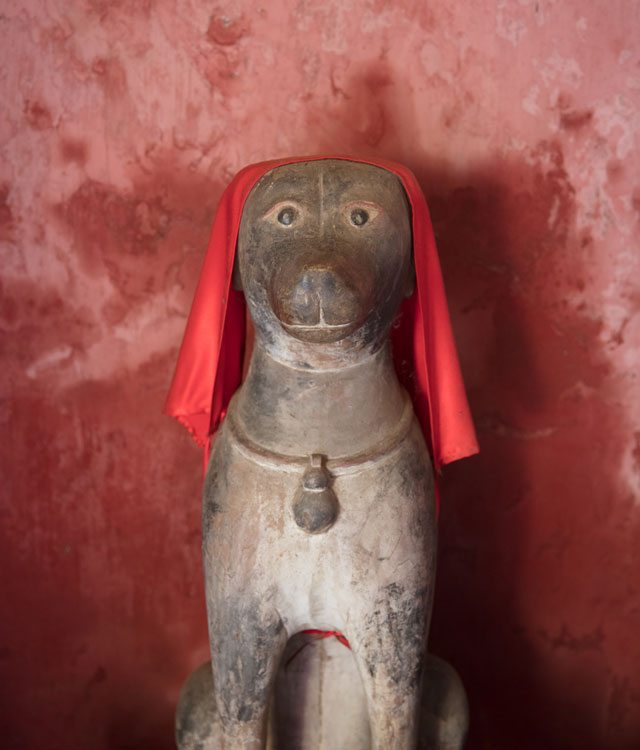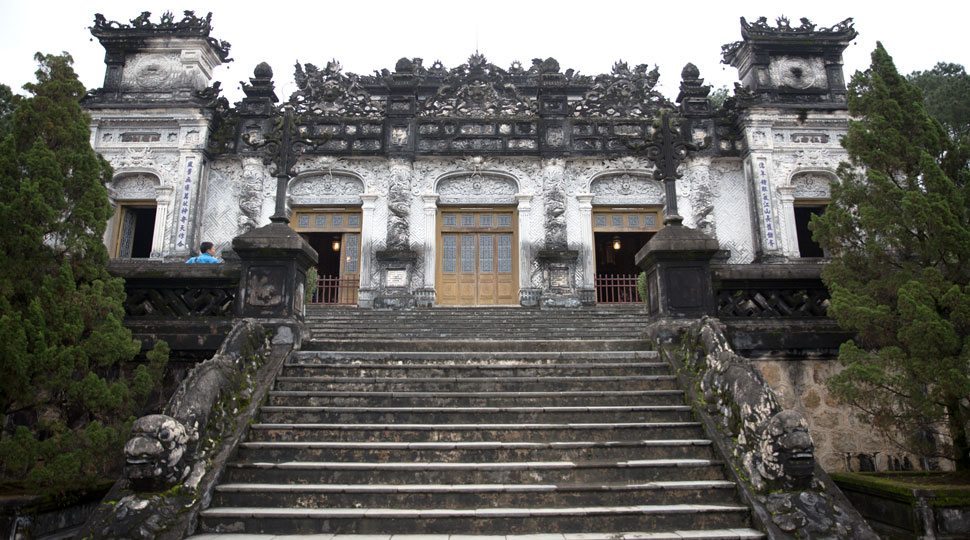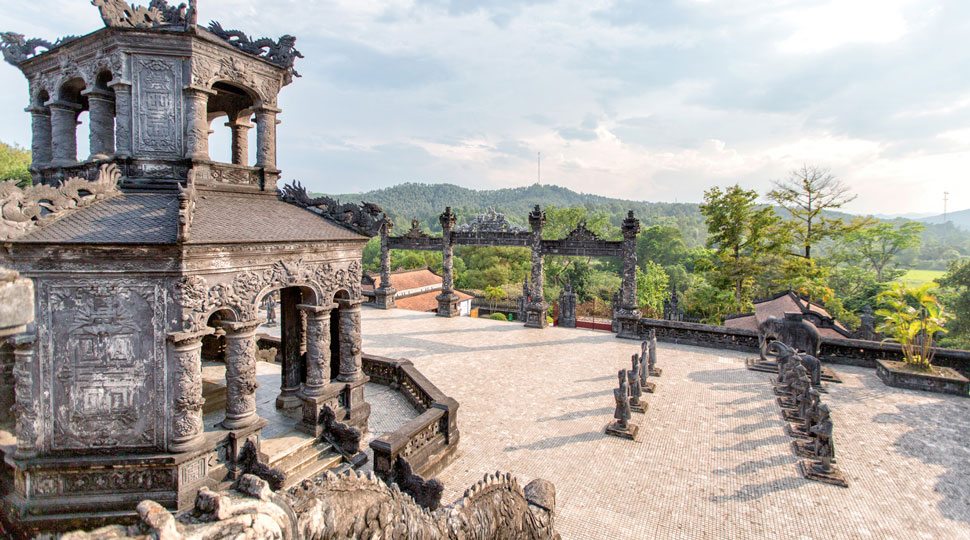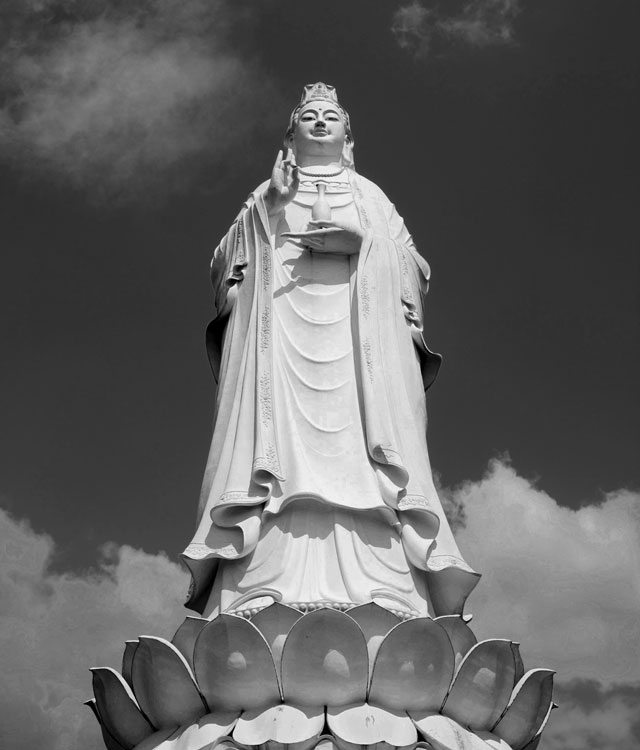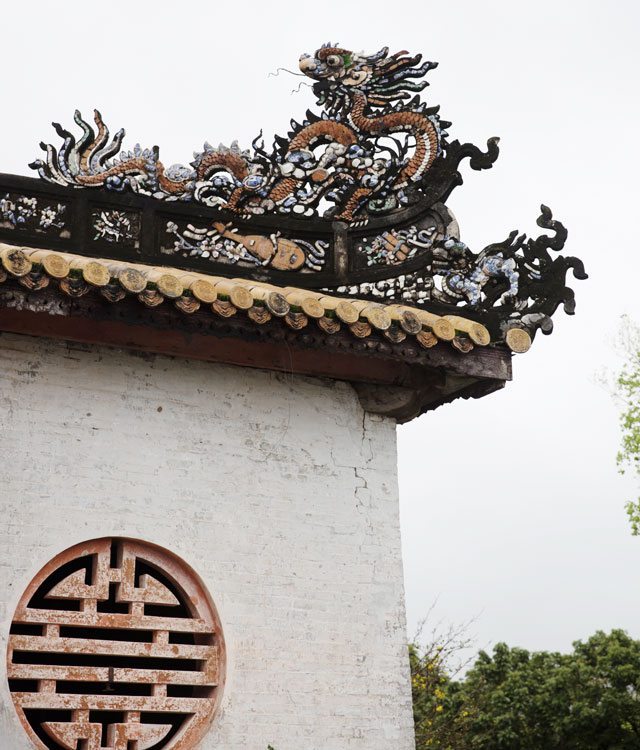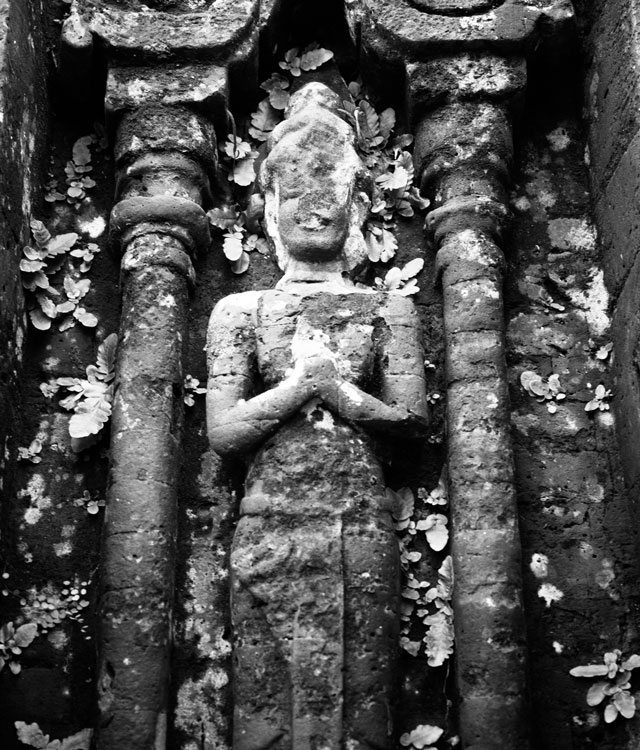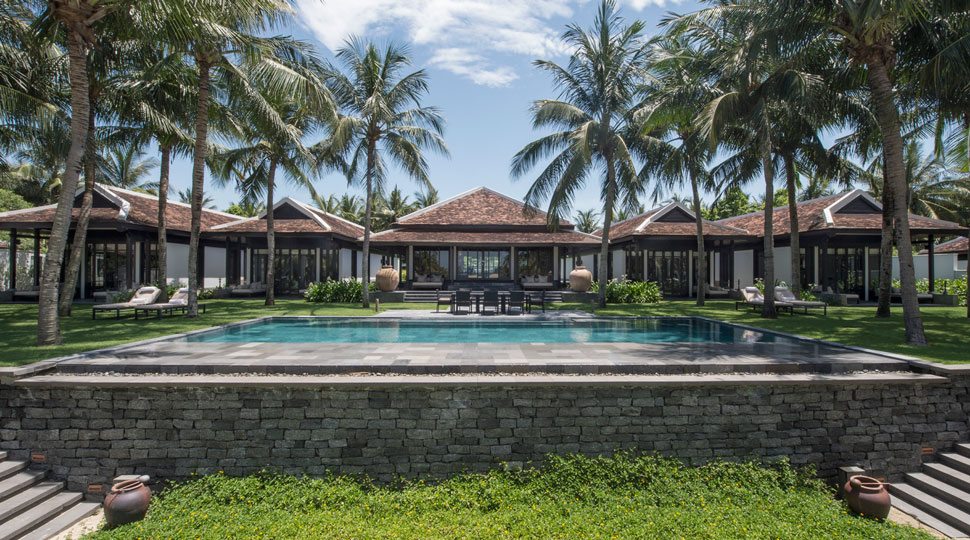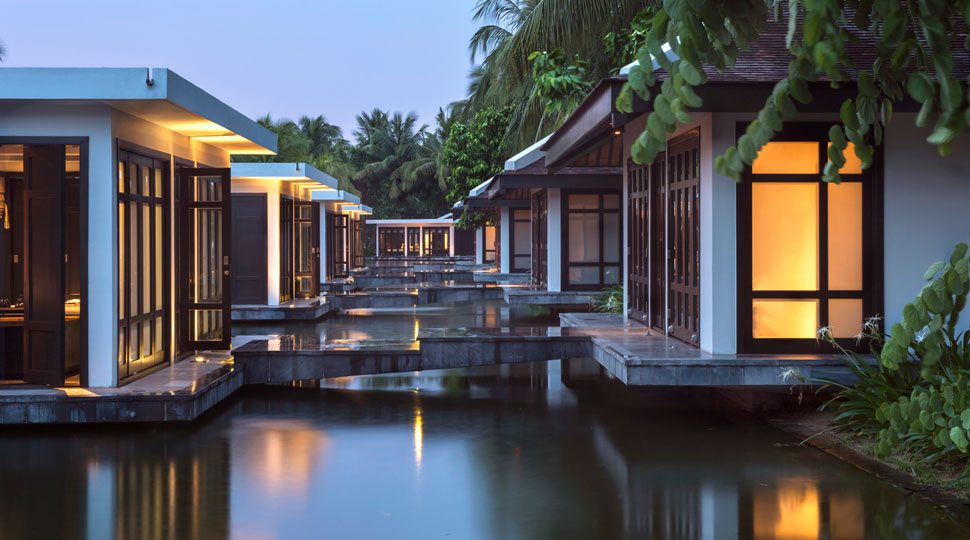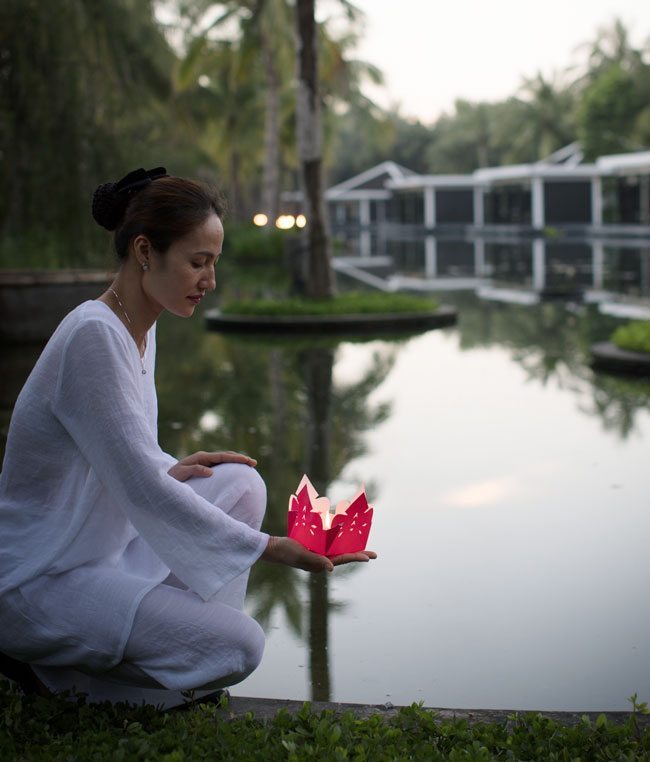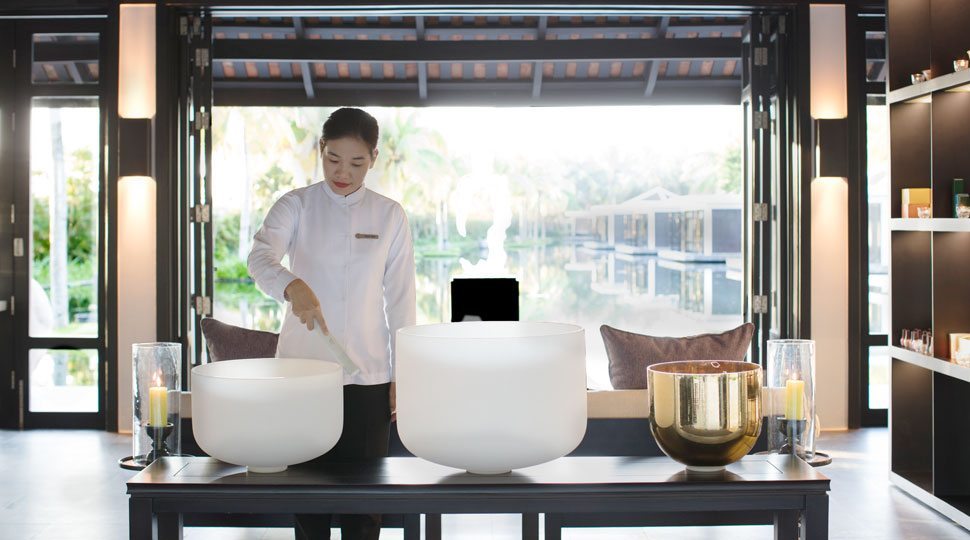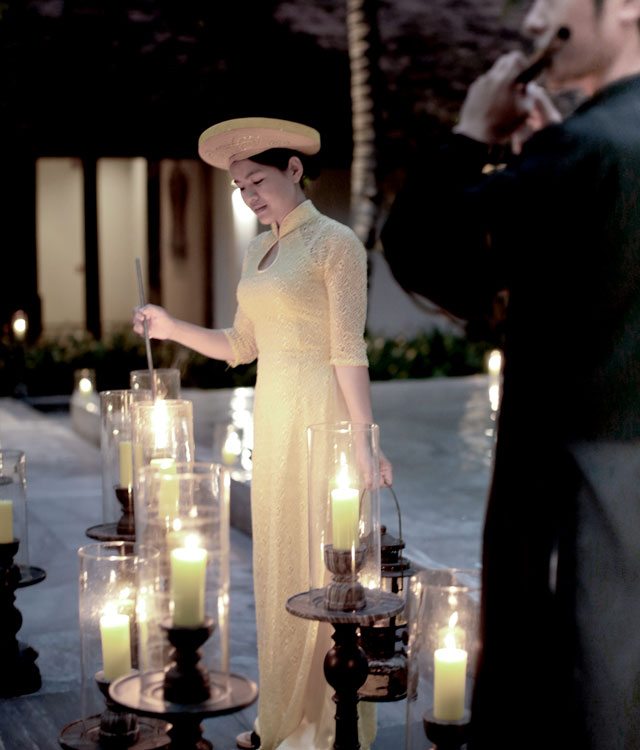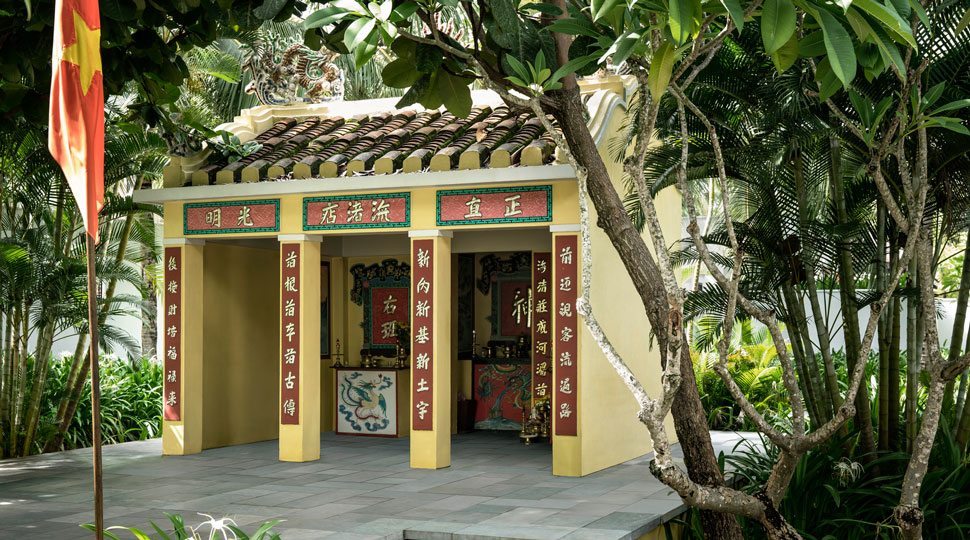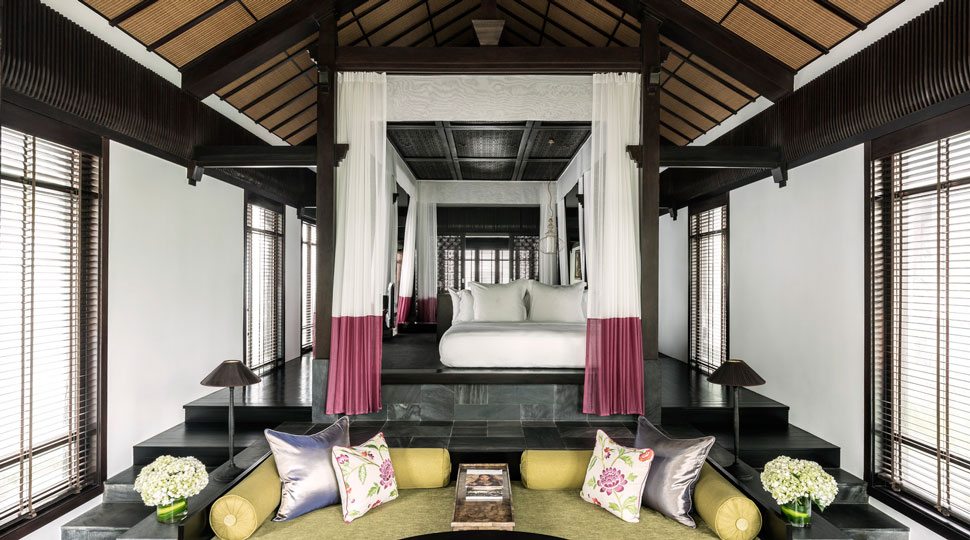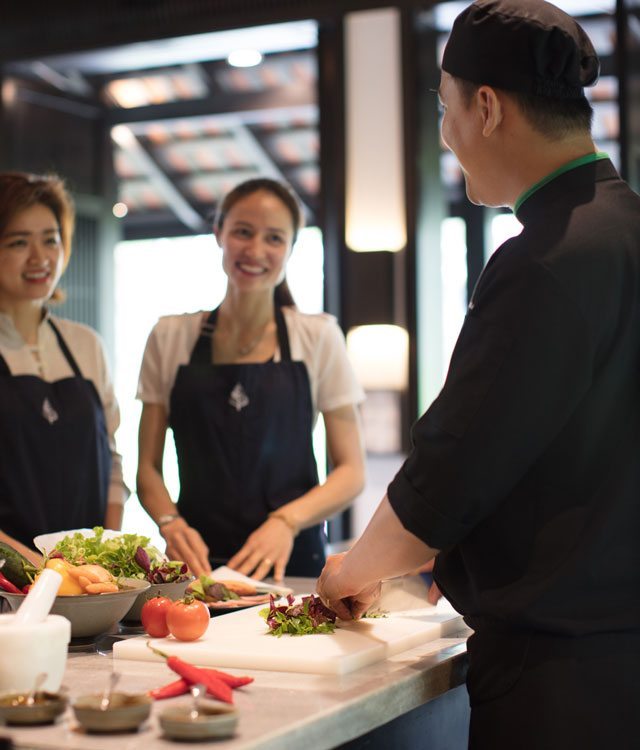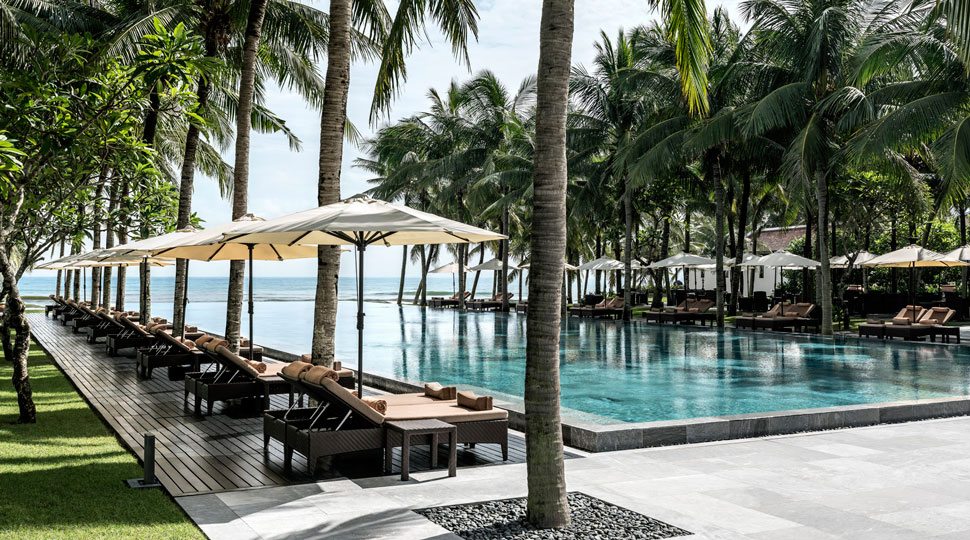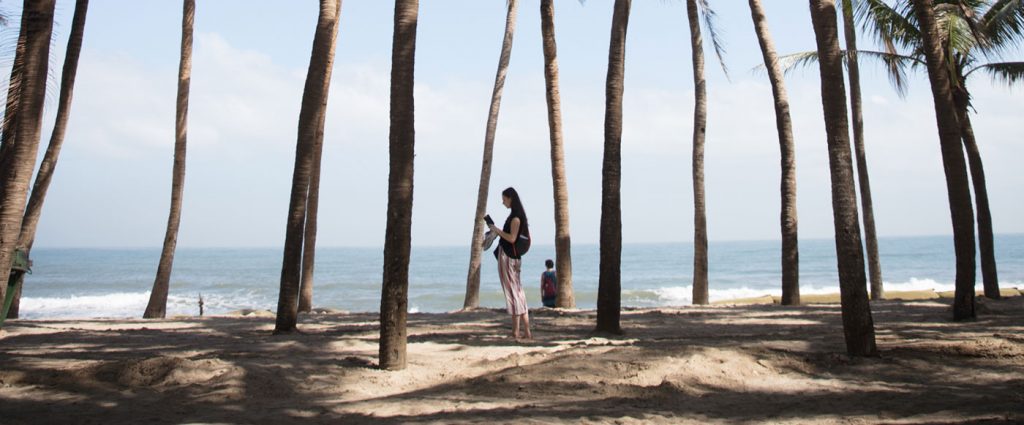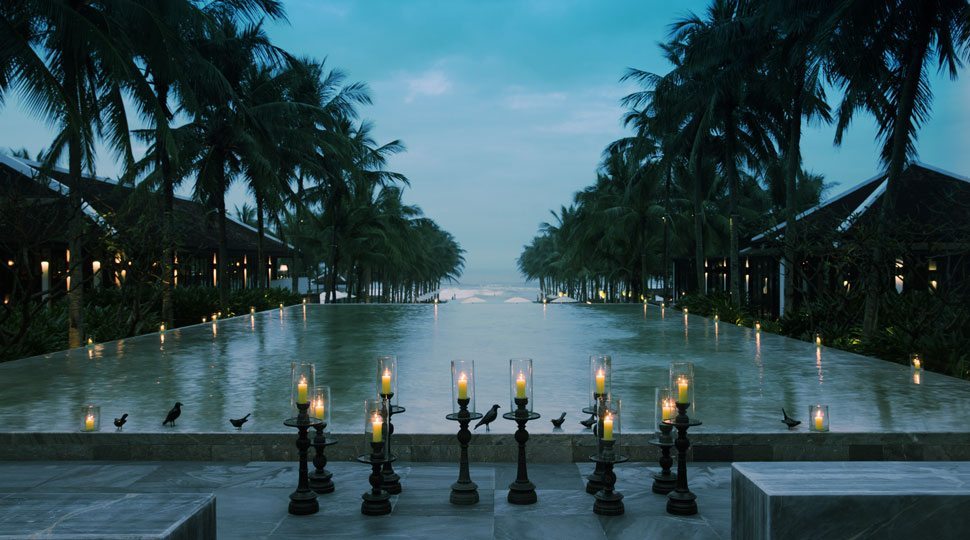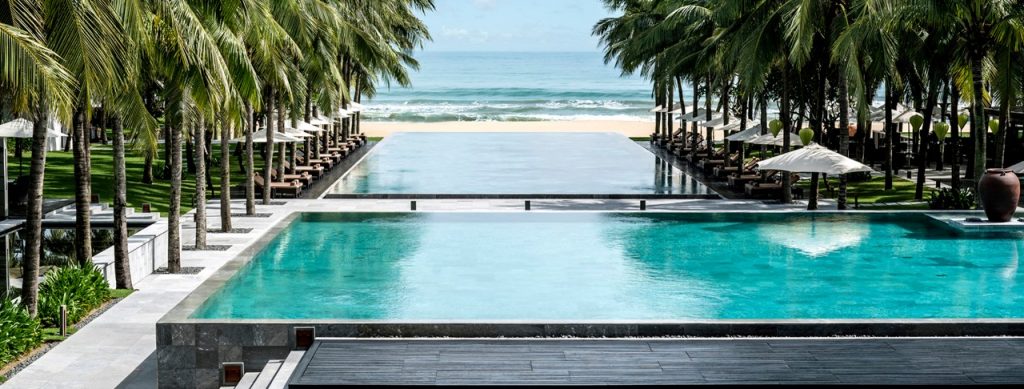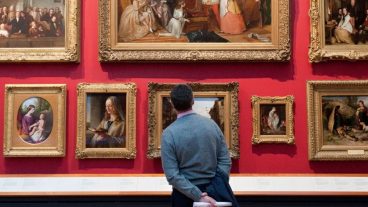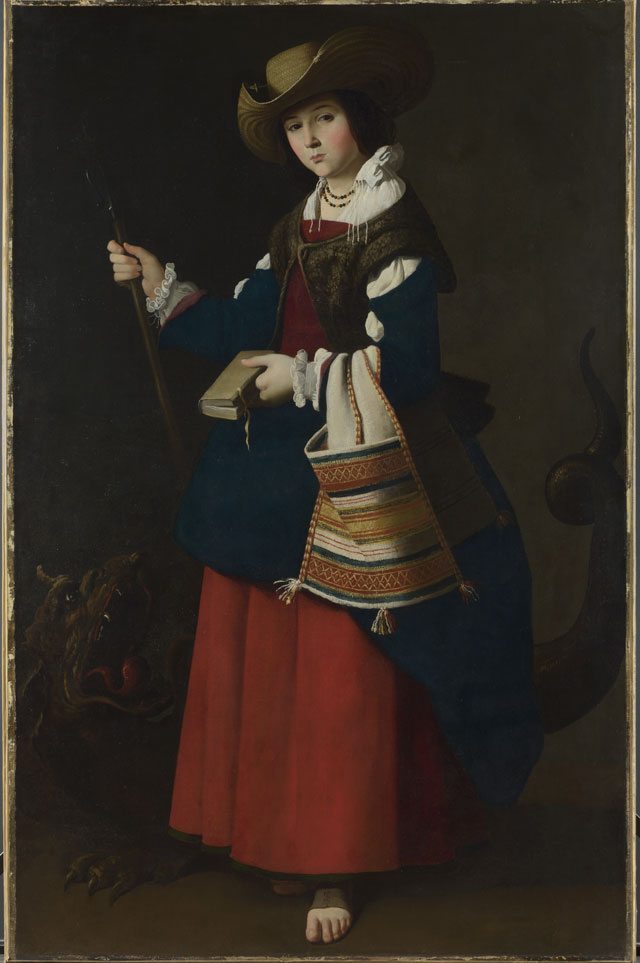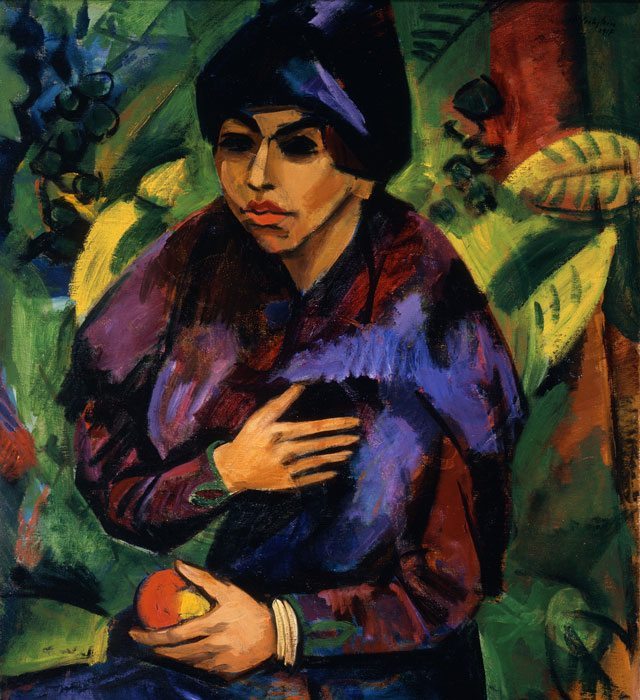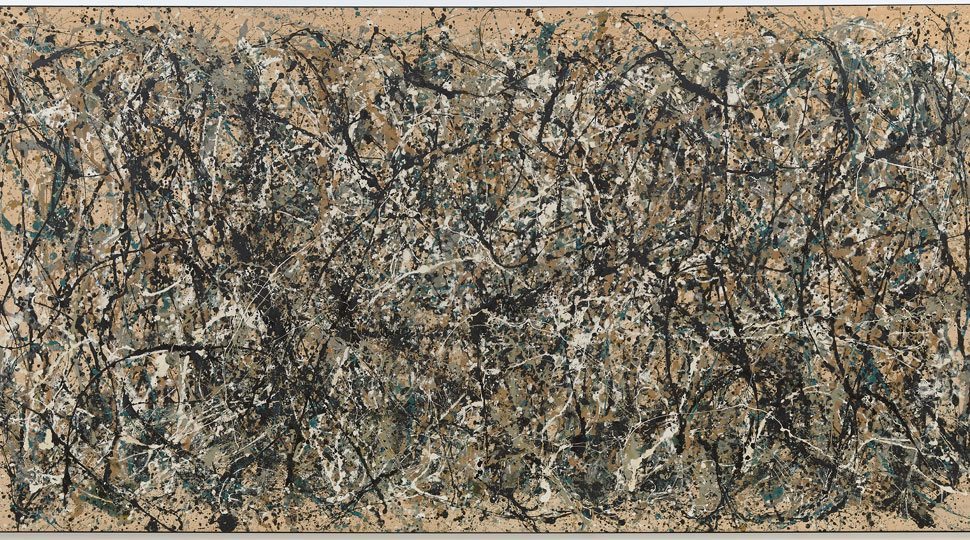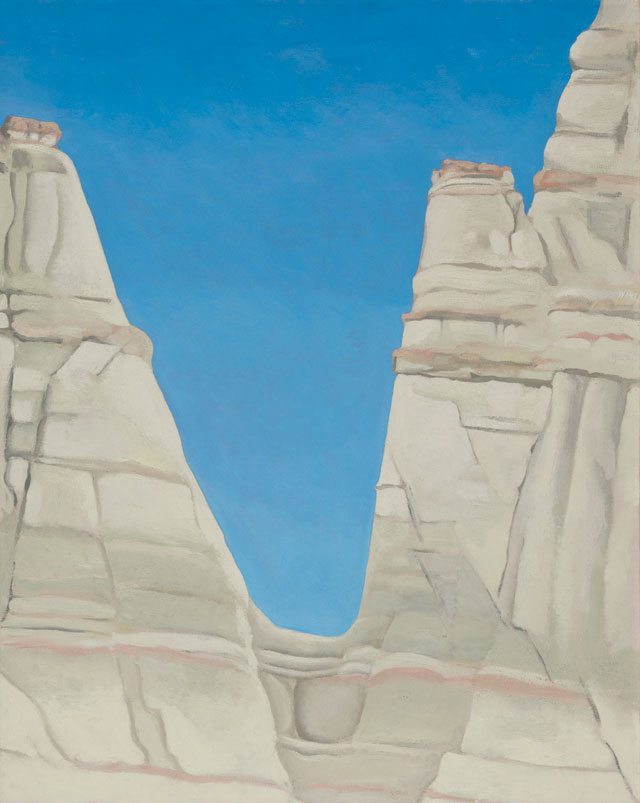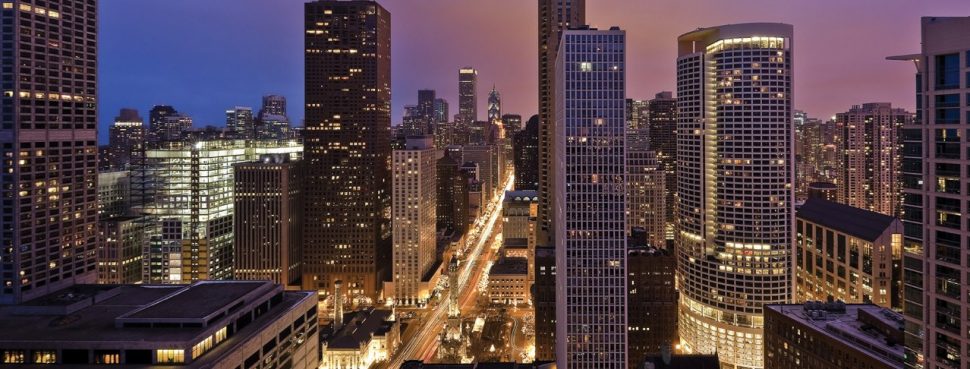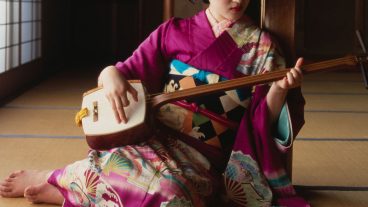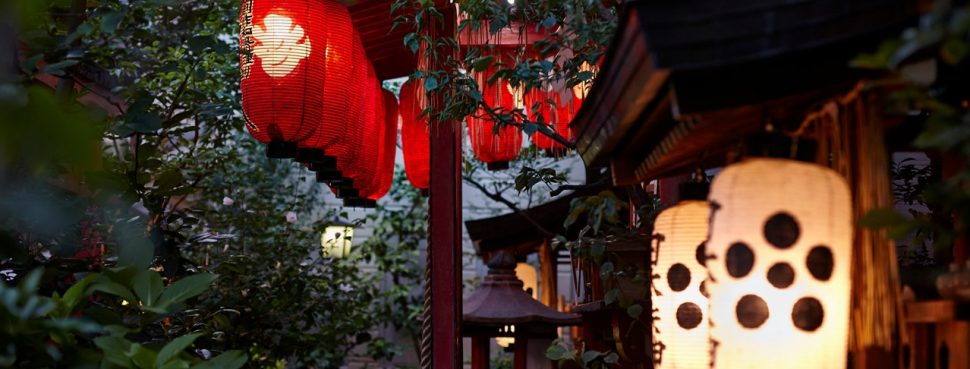When you reach your hotel room at last and realize you’re thirsty, here’s the good news: The best bar in the neighbourhood, one the locals go to, is staying in the same hotel. What’s it like? You might find a password-protected speakeasy, a personalized cocktail class or a curated collection of fine-aged rums. You can count on finding a hard-working bartender.
Much like chefs, crafters of fine beverages have become stars in their own right, pairing talent with charm to spare. Here, we meet seven mixologists, plus one sommelier, who are elevating the drinking scene in their respective cities, and having a fine time doing so. You’ll want to pull up a seat with each of them. (And once you’ve imbibed, a dreamy bed is just steps away.)
In Mexico City: Take a Cocktail Tour with Mica Rousseau
Opened in 2015, Fifty Mils has quickly become Mexico City’s most award-winning bar. The selling point: whimsical spins on cocktails made with local ingredients by a tightly knit group of mixologists.
Head Bartender Mica Rousseau and bartenders Fátima León and Axel Pimental consider themselves family. León especially appreciates “how unique and different each [team] member is,” and Rousseau says being part of such a talented group strikes “a great balance between work and life.” With their hometown’s popularity soaring in the past few years, Rousseau says, “I love everything here – the people, culture, aromas, sounds, flavours. Everything.”
All three are excellent resources for navigating Mexico City’s booming cocktail culture, so while you sip a signature cocktail – the team recommends the Ant Man, which incorporates ants, avocado and mescal – ask them about their favourite local hangouts. Or, if you have a few hours, take the tour: After a glass of Rousseau’s premium mescal, available nowhere else, you’ll be chauffeured to four Mexico City bars that Drinks International counts among the world’s 50 best.
Four Seasons Hotel Mexico City
In Seoul: Lorenzo Antinori Suggests a Glass of Rice
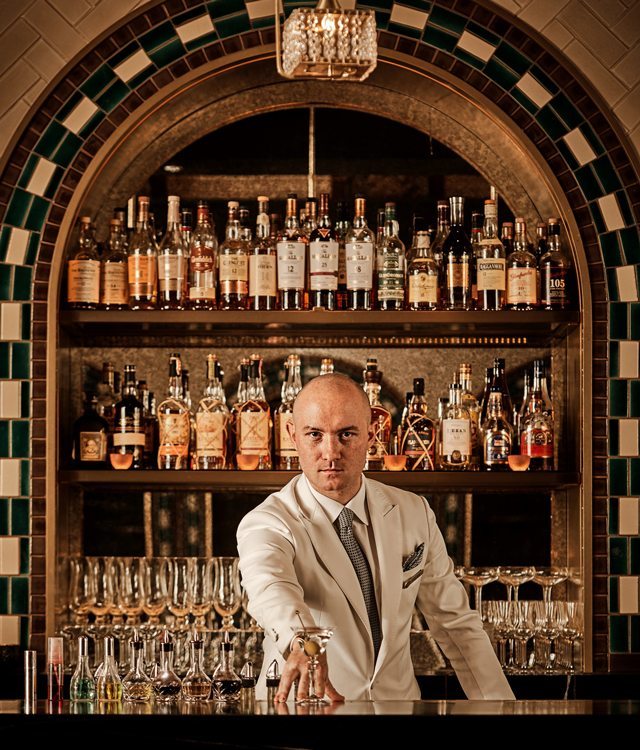
Say the word, and Bartender Lorenzo Antinori at Charles H. will whip up a cocktail with authentic makgeolli – Korean rice liquor.
Hailing from London, Head Bartender Lorenzo Antinori is the newest addition behind the bar at Charles H., the sophisticated speakeasy inside Four Seasons Hotel Seoul that was inspired by legendary cocktail writer Charles H. Baker.
“Seoul is a very modern and vibrant city which still preserves many traditional elements,” says Antinori of his new home. While you sip one of his globally inspired cocktails, the recent transplant is happy to offer fresh insights on how best to get a taste of authentic Seoul. For first-timers, Antinori recommends touring local markets, drinking makgeolli (a traditional Korean rice liquor) and visiting the area near Hongik University. “There’s a lot of small restaurants and bars,” he says, “so you can see how the younger Korean generation socializes.”
Four Seasons Hotel Seoul
In Koh Samui: Samart Khethong Has a Rum for You
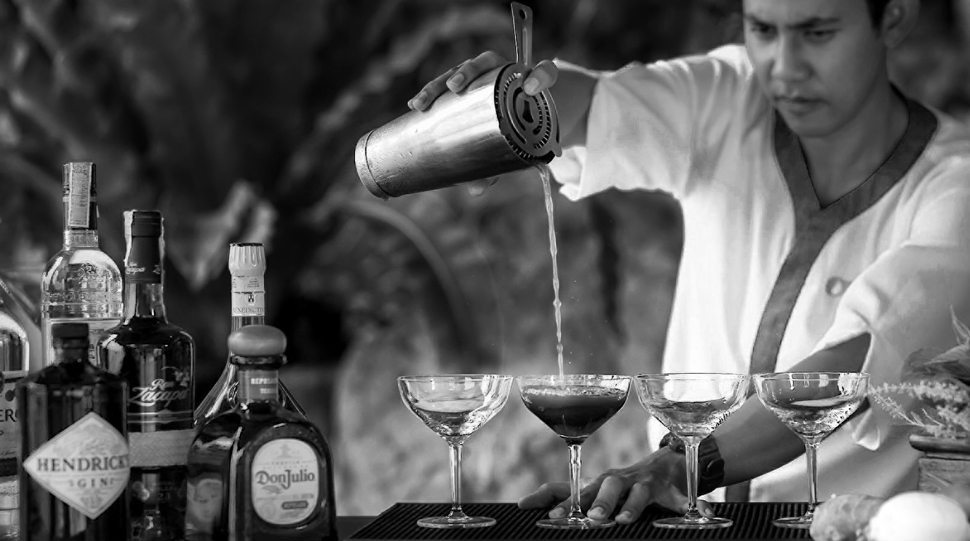
Head Mixologist Samart Khethong invites you to embrace the relaxing spirit of Koh Samui at CoCoRum Bar.
When you escape to a land of pristine beaches and coconut groves, one spirit is required drinking: rum. And at beachfront CoCoRum Bar, you’ll find a laid-back but serious rum fanatic. “It’s so versatile, refined and complex,” says Head Bartender Samart Khethong of his favourite spirit. “On one hand, you can taste it like a fine wine or whisky, but you can also use it to mix endless cocktails.” He’s happy to mix all of them: “I enjoy the attention to detail and perfectionism it takes.” (His steady hands made him a finalist at the Diageo Reserve World Class Competition in 2013.)
If you’re not sure where to start with his favourite ingredient, Khethong says, consider your tastes first. Intense fruitiness, spicy finish? Cinnamon and vanilla? Talk it through with the expert in his “office” at CoCoRum. “White sand and an endless blue ocean creates a perfect view and setting for making drinks,” he says. And for drinking them.
Four Seasons Resort Koh Samui
In Prague: Igor Tuska Doesn’t Have to Talk About Wine
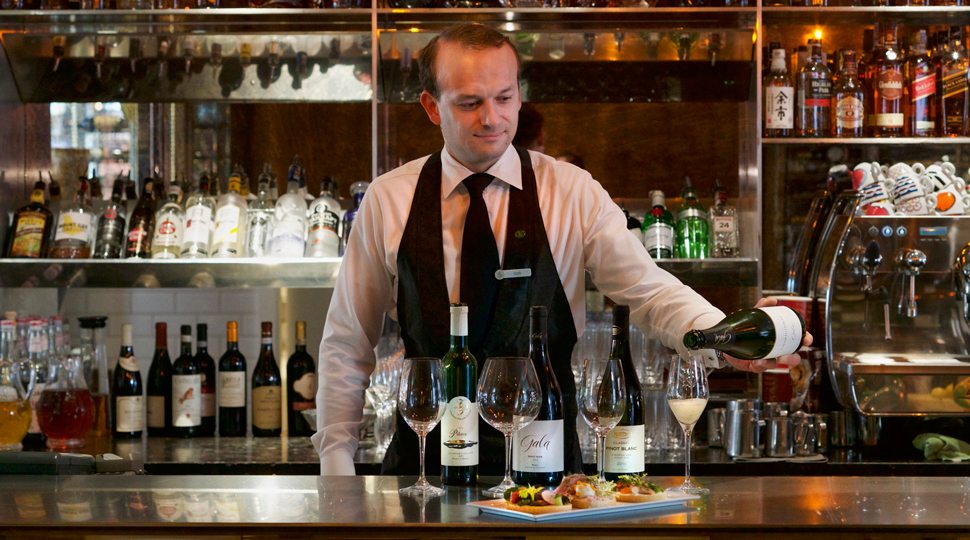
Sommelier Igor Tuska, at CottoCrudo, takes a relaxed approach to the restaurant’s extensive wine collection.
Although his role carries with it a lot of pomp and circumstance, Sommelier Igor Tuska believes that part of his job is helping customers feel comfortable so they can appreciate the wine they’re drinking. “I’m always trying to lighten the atmosphere,” he says.
Guests of CottoCrudo can rely on the sommelier to strike up a friendly conversation that immediately puts the table at ease. “I don’t necessarily have to start talking about wine,” says Tuska, who is just as happy recommending bicycling routes around the city. (“Prague is such a green city,” notes the avid cyclist, “with so many beautiful paths and parks.”) He wants his guests to know that just as there is no rush to order, there is no such thing as a stupid question about wine.
Four Seasons Hotel Prague
In Palo Alto: Guy Freshwater Pours a Woz
At Quattro and [esc], check the Silicon Valley stereotypes at the door. Assistant Bar Manager Guy Freshwater is a proud native Northern Californian who spends his free time outdoors (venturesome travellers should hit him up for recommendations) and is equally passionate about applying the principles of California cuisine to the cocktail programs at Four Seasons Hotel Silicon Valley at East Palo Alto. The menus shift with the seasons, source local spirits and draw inspiration from local notables. (The Woz, inspired by Apple co-founder Steve Wozniak, uses St George Spirits’ Terroir Gin from Alameda.)
“We have stiff competition with San Francisco, Oakland and Santa Cruz nearby,” says Freshwater. “We’re lucky because we’re in the centre of it all. We get to pull from all those areas, and transform them into our own thing.”
Four Seasons Hotel Silicon Valley at East Palo Alto
YOUR JOURNEY BEGINS HERE
Create memories over cocktails around the world
